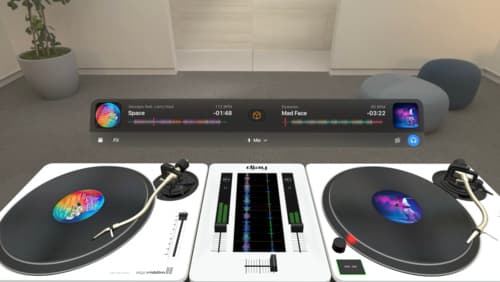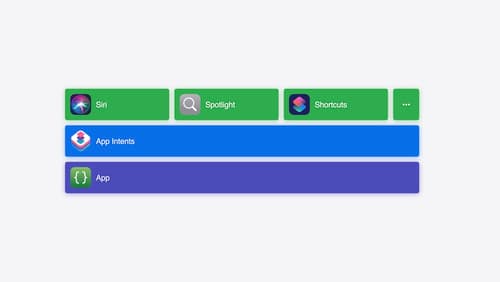What disign best for meditation mobile app?
Asked on 2024-10-29
1 search
To design a meditation mobile app, you can draw inspiration from the principles discussed in the session "Design great visionOS apps" at WWDC. Here are some key takeaways that could be applied to a meditation app:
-
Immersive Experience: Create an immersive experience by focusing on a key moment that is optimized for the platform. For example, the mindfulness app on visionOS uses a gently pulsing flower to encourage breathing and focus, creating a sense of life in the scene. This approach can be adapted to a meditation app by using calming animations or interactive elements that promote relaxation and mindfulness.
-
Comfort and Usability: Ensure that the app is comfortable to use and does not require excessive physical movement. The app should be easy to navigate and allow users to engage with the content in a relaxed manner.
-
Attention to Detail: Achieve a high bar of quality with extraordinary attention to detail. This includes using subtle animations and sound design to enhance the meditative experience, making the app feel more memorable and engaging.
-
Prototyping and Iteration: Like the Luna app, which evolved from 2D prototypes to 3D models, consider iterating on your designs to find the best possible experience for users. This might involve experimenting with different visual and auditory elements to create a soothing environment.
By incorporating these design principles, you can create a meditation app that is both engaging and relaxing for users.

Design great visionOS apps
Find out how to create compelling spatial computing apps by embracing immersion, designing for eyes and hands, and taking advantage of depth, scale, and space. We’ll share several examples of great visionOS apps and explore how their designers approached creating new experiences for the platform.

Migrate your TVML app to SwiftUI
SwiftUI helps you build great apps on all Apple platforms and is the preferred toolkit for bringing your content into the living room with tvOS 18. Learn how to use SwiftUI to create familiar layouts and controls from TVMLKit, and get tips and best practices.

Bring your app’s core features to users with App Intents
Learn the principles of the App Intents framework, like intents, entities, and queries, and how you can harness them to expose your app’s most important functionality right where people need it most. Find out how to build deep integration between your app and the many system features built on top of App Intents, including Siri, controls and widgets, Apple Pencil, Shortcuts, the Action button, and more. Get tips on how to build your App Intents integrations efficiently to create the best experiences in every surface while still sharing code and core functionality.
